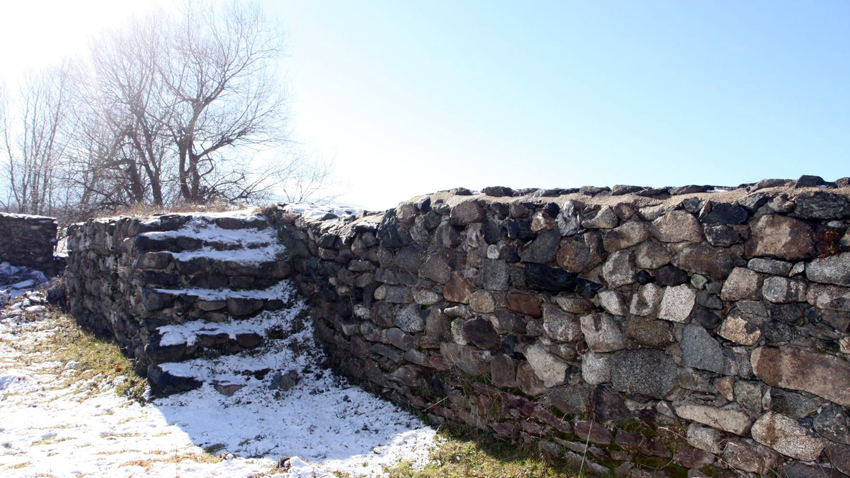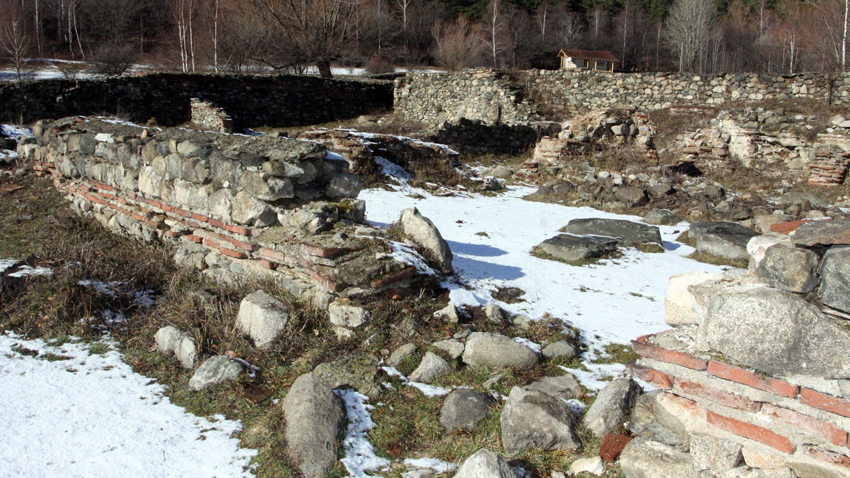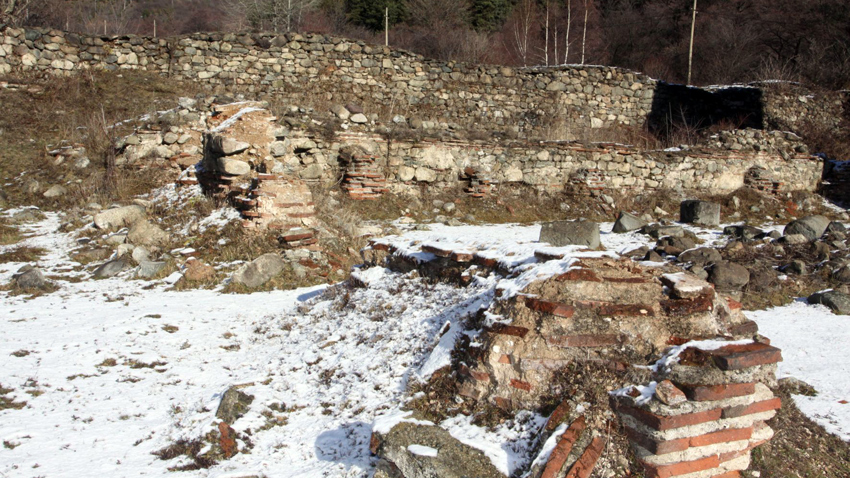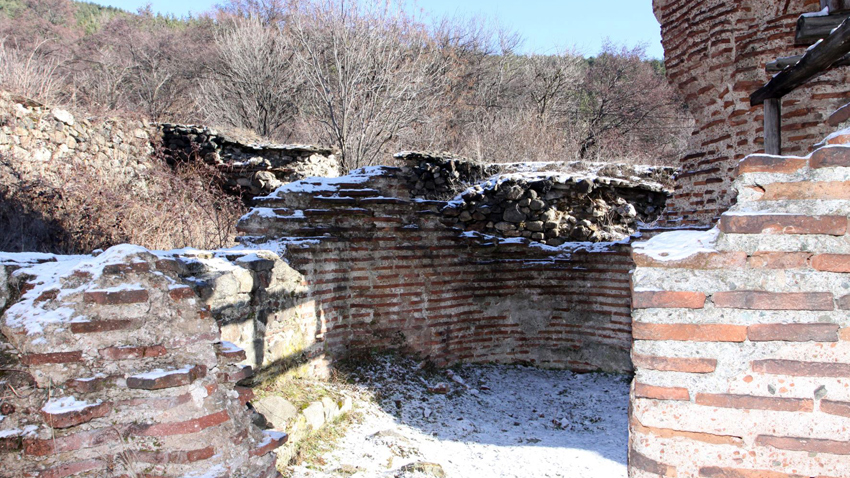The St. Ilia early-Christian basilica, aka the Elenska /Deer/ Basilica can be found some 3 km away from the town of Pirdop, at the foot of the Balkan Range. The church is a unique historical monument, as it is the only Byzantine-era site within Bulgaria’s territory, built outside the settlement, but still surrounded by thick fortress walls. The temple used to hold Christian services and rituals in the course of more than 11 centuries. It was burnt down by Ottoman military units around 1700.

The Elensko /Deer/ locality with the St. Ilia temple being its center used to be a spiritual site even for the local Thracian population. The so-called “deer sacrifice” legend has been kept ever since. “After the 1878 decision of the Congress of Berlin, the nearby Elenska River became the border between the Principality of Bulgaria and the artificially established Eastern Rumelia,” says Dr. Ivan Ivanov, a guide at the Lukanova House in the town of Pirdop.
“The area has its rich historical heritage. The ancient Thracian tribe of Velikokoylaleti used to live here and in the 5 – 4th c. BC it was part of the Odrysian Kingdom. Only in the area of Pirdop there are some 180 Thracian mounds and necropolises dated back to that period. From a later period there are archaeological sites dating back to the early Byzantine era and the Elenska Basilica being one of them. Besides that, in the Medieval period the area was strategic for everyone – the Byzantine Empire and also the First and Second Bulgarian Kingdoms, as the remains of more than 26 fortresses have been excavated around the local mountain hills. The Elenska Basilica was built up in the end of the 5th century. The initial basilica with thick walls and defense towers, was reconstructed in the mid-6th century, during the reign of Byzantine Emperor Justinian I /527-565/. The two periods of construction works are clearly distinguishable, as the middle and western sections are visibly older and built of crushed stones and brick passages, whereas the more recent eastern section was made of bricks with thick grouts joined using white mortar.

The temple is also unique with the fact that it is among the few in Bulgaria which have been fortified and protected by a fortress wall. It was most likely constructed during the second building period and enclosed a small yard. The unique, three-nave basilica was situated inside. It was discovered by Prof. Petar Mutafchiev in 1913, following unregulated excavations of the local people in the 1890s. The National Museum interfered then, but they managed to send an expedition no earlier than 20 years. The team of archeologists revealed the monument down to its current level. Unfortunately Prof. Mutafchiev reached the ground level only without moving on to the research of the older cultural layers.”

The area of the Elenska Basilica hasn’t been well studied even today. Good projects have been prepared for this purpose, but for the time being they have remained without funding. “At the same time scientific circles do show interest in this site,” Dr. Ivanov says. A group of 40 scientists and archaeologists from Rome visited the place a while ago.

“There is this interesting legend preserved on the so called ‘deer sacrifice’ here, less known around other spots in Bulgaria,” Dr. Ivanov says and adds:
“The legend says that a deer would come out of the forest on the temple’s patron day, in order to be offered as sacrifice. Then the people would gathered the remaining bones and sew them inside the deer’s skin. The latter would return to life with the purpose of getting back the next year. However, one day the deer got late for the fest. The animal looked visibly tired. The job was done anyway, but due to the fact that the people didn’t allow the animal any rest, the deer returned to the forest and never came back again. The story has some grounds, as numerous deer bones and horns were found around the basilica during the initial research there. Probably that is the origin of the area’s name – Elensko /elen is the Bulgarian word for deer/. The other option could be the ancient Greek relation: Hellenic – Elensko, as the ancient Greeks were in fact the ones who built up the temple in the early Christian era.”
English version: Zhivko Stanchev
Photos: private library
They call Nikopol “the town of ages” because its history goes back thousands of years. It was founded as a settlement in the year 169 during the reign of Roman Emperor Marcus Aurelius. In 629, theByzantine Emperor renamed the town to Nicopolis, meaning..
There are rumours and speculations that some forgeries, so good that they are not inferior to the originals, could be found among the exhibits in the museums, but at the moment a whole series of forgeries can be seen at an exhibition..
A unique statue from the Roman period of Odessos, preliminarily dated to the late 2nd to the first half of the 3rd century, has been discovered during excavation works near the train station in Varna, said archaeologists from the Varna Regional..
Today, 6 November, marks 104 years since the annexation of the Western Outlands in 1920. Traditionally Bulgarian territories in south-eastern Serbia and..
The Days of Croatian Archaeological Heritage, which will last until 8 November, begin today at the National Archaeological Institute with Museum at the..

+359 2 9336 661
